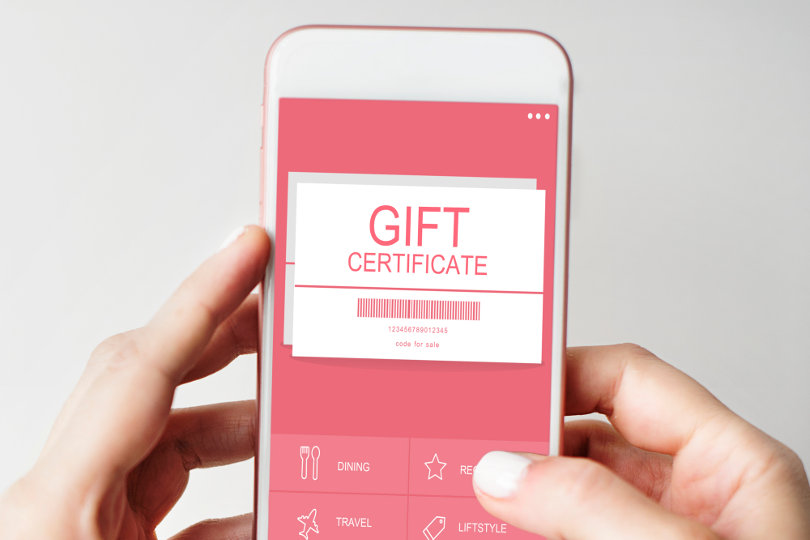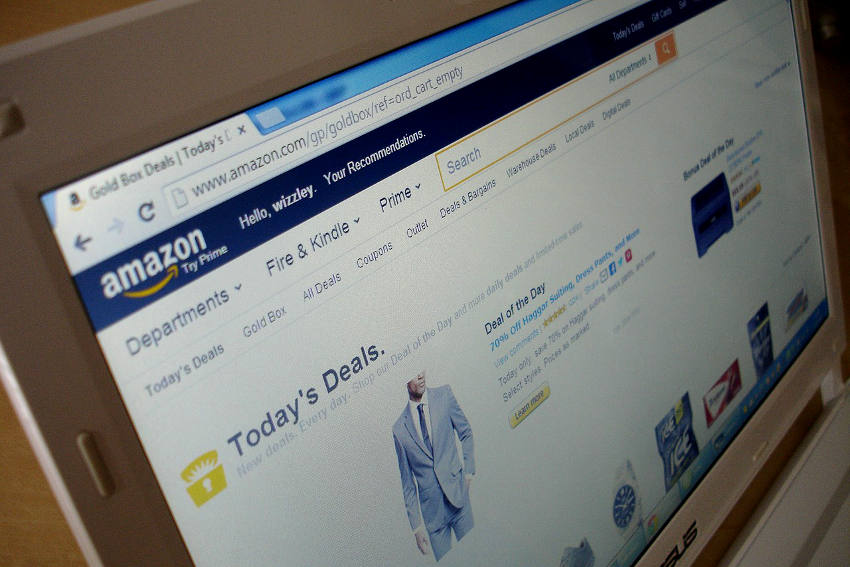If you’re in the e-commerce industry, you have two different ways of increasing revenue. You can get more web traffic, or you can do more with the traffic that you already have. It’s likely that you spend most of your time trying to increase your website’s traffic numbers, and that’s wise. When you have good organic search positioning on Google, new prospective customers will enter your sales funnel every day without continued effort on your part.

The problem with trying to get more web traffic, though, is that Google’s ranking algorithm can be fickle. You might have high rankings for all of your most important search keywords today, but an algorithm change on Google’s side could wipe those rankings out at any time with no advance notice – even if you’ve done nothing wrong.
Protecting yourself from Google’s algorithm changes means taking control of your own traffic to the fullest extent possible – and doing that means keeping your customers engaged and coming back. These are the most effective ways to maintain consistent customer engagement.

1. Start a Mailing List
The most valuable thing that your customers give you is their business. The second most valuable thing is their contact information, because a customer’s email address is an opportunity for future marketing attempts. Using a mailing list, you can drum up extra business when needed by announcing sales and coupon codes. You can also keep your brand at the top of customers’ minds by sending newsletters with product tips and other helpful information.
The most common strategy for managing a mailing list is to simply broadcast a single message to your entire mailing list and to try to make that message as interesting as possible to encourage customers to open the message and read it. With a really good email marketing solution, though, you can also create segments from your customer list and market to those segments in different ways. You can create a special discount code, for instance, and send it only to customers who haven’t ordered in a long time.
Your website’s e-commerce platform probably has a built-in solution for managing an email list. Many platforms also have the ability to integrate with popular email marketing providers like MailChimp.
Don’t forget to encourage non-customers to sign up for your mailing list when they visit your website. Many major companies like V2 Cigs UK put links on their pages inviting site visitors to subscribe to their mailing lists and view previous newsletters.

2. Be Creative With Your Promotions
The primary goal of any promotion is to stimulate customer engagement by lowering your prices temporarily, thus encouraging people to place additional orders outside their normal buying patterns.
Here’s the problem with promotions, though: You might think that just lowering your prices would be enough to stimulate customer interest and get people buying, but that’s not always the case. The thing is that your customers probably already receive several promotional newsletters from other companies every day, so “ordinary” discounts aren’t likely to get their attention.
Think about it from your own perspective. You’re not just a business owner; you’re also a consumer. Do you read every promotional email that you receive?
If you want your customers to engage with your promotions, you need to be a bit more creative. Here are a few practical examples that can help you get started.
- Encourage customers to read your newsletters by placing a “super-secret” discount at the end.
- Hold a scavenger hunt. Invite customers to browse your website and discover new products by hiding discounts that people can only find by looking around.
- Create a “tournament bracket” during March Madness or the Major League Baseball playoffs. Ask customers to vote for their favorite products and offer a discount on the product that wins each matchup.

3. Create a Customer Reward Program That’s Truly Fun
One of the best ways to keep customers coming back to your website is by having a program that rewards people for their purchases. Your business may already have a customer reward program because many e-commerce platforms can handle that automatically.
The problem, though, is that the standard customer loyalty program – one that awards points for purchases and lets people exchange those points for small discounts – does almost nothing to encourage customer engagement. If you have that type of reward program and turned it off one day, most of your customers probably wouldn’t even notice.
To make your customer loyalty program effective and ensure that it truly stimulates customer engagement, you need to make the loyalty program feel like a game and get people excited about it. Here are a few practical examples that you can use to make your reward program more interesting.
- Add a freebie to each order and increase the quality of the freebie for customers who buy more frequently. Tell customers that they’ll receive a silver freebie with their first purchase of the month, a gold freebie with their third purchase and a platinum freebie with their fifth.
- Create a tiered reward program and hold a monthly sale that’s only announced to customers who reach the top tier.
- Allow customers to use their points to buy rewards that aren’t normally available to purchase. Many hotels, for example, allow their most loyal customers to check in early and check out late.

4. Enhance Your Site’s Product Discovery Features
Do you ever shop on Amazon? Pretty much everyone does, right? Amazon’s shopping experience is one that virtually every e-commerce site in the world could benefit from emulating. Amazon’s extensive product discovery features draw from customers’ purchase histories to make intelligent product recommendations on almost every page of the site.
Does your e-commerce site have a large selection of products? If it does, then you need to work a little harder to help customers discover products they’ll like. You can do that by creating product bundles or by having your website recommend products automatically based on customers’ habits. Some e-commerce content management systems have the ability to implement product discovery features automatically.







